When it comes to home renovations, brick repair is often an overlooked option. Many people believe that repairing brick is expensive and difficult, but this is not always the case. In fact, repairing brick can be a cost-effective and easy way to improve the look of your home.
If you are considering a home renovation project, here are nine reasons why you should choose brick repair over other options.
1. Brick is a classic material that will never go out of style.
Brick has a long history of use in construction, and its timeless appearance makes it a popular choice for both traditional and contemporary designs. With its distinctive colour and textured surface, brick can complement any style or aesthetic, adding character and elegance to any space.
Furthermore, as a remarkably durable material, brick can last for centuries with proper care. A well-maintained home built of brick is an investment that will stand the test of time, providing a classic and stylish backdrop to your family’s life events.
Whether you’re building a new house or giving your existing home an update, brick should be high on your list of considerations.
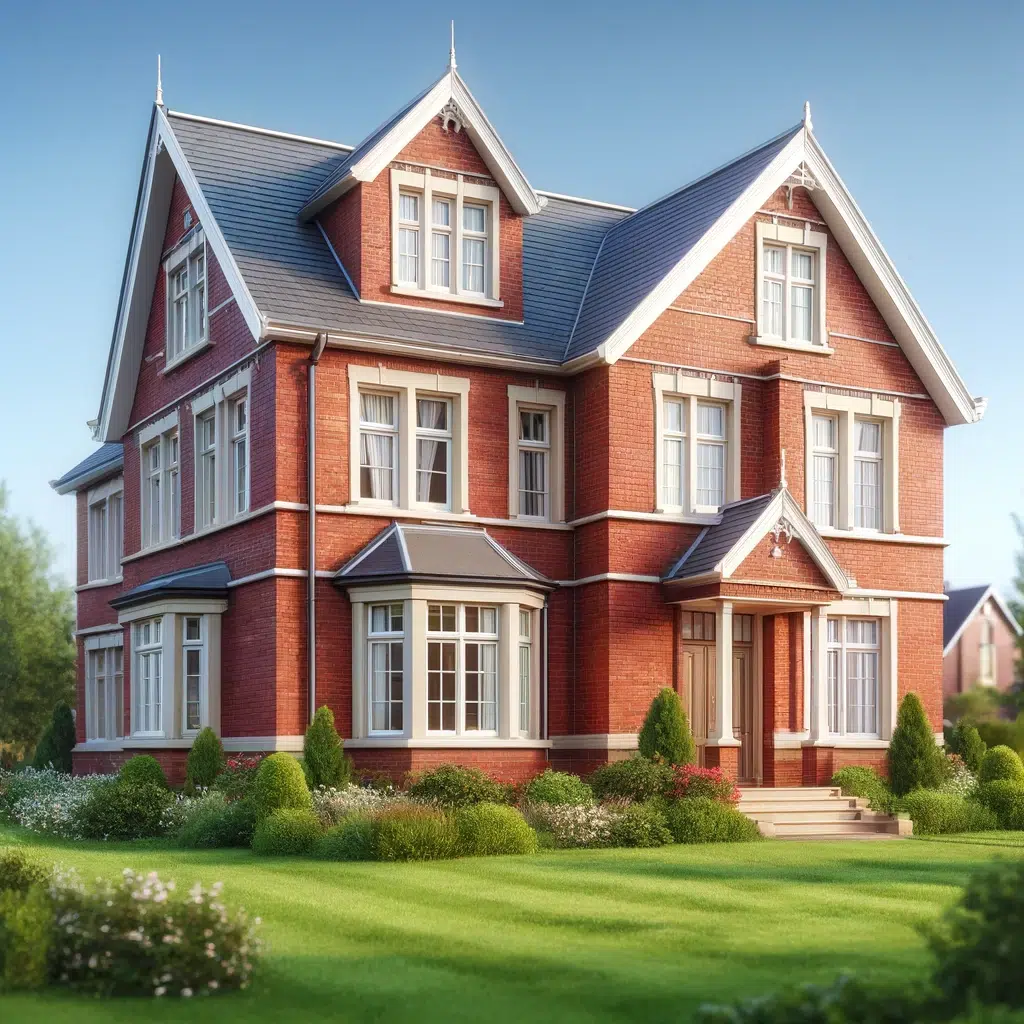
2. Brick is durable and long-lasting.
Brick is one of the most durable and long-lasting construction materials available. Properly installed and maintained by trained professionals, brick homes can stand the test of time, remaining beautiful and functional for years to come.
Moreover, brick is resistant to fire, weathering, pests, and other environmental factors, making it a low-maintenance option for homeowners. With regular care and maintenance by a professional team of contractors, brick homes can be a sound and safe choice for your home building needs.
Whether you choose to use brick as an exterior material or incorporate it into your indoor construction plans, this sturdy material will certainly stand the test of time.
3. Brick repair can be completed quickly, with minimal disruption to your daily routine.
Brick repair projects are a great way to maintain the beauty and integrity of your home, whatever your needs may be. Whether you are looking for a fast and easy solution for small aesthetic issues, or you desire a more substantial renovation that will require professional help, brick repair can be completed quickly and with minimal disruption to your daily routine.
Thanks to advanced materials and techniques, installing new bricks or repairing existing ones can be done quickly and efficiently by experienced professionals who understand how best to work with this timeless building material.
And with so many options available in terms of design and colour, you can rest assured that your home will always look its best, no matter what the season or weather conditions. So if you are considering a brick repair project for your home, don’t hesitate! With the help of knowledgeable professionals, you can achieve your dream results in no time.
4. Brick is easy to maintain and clean.
Brick is a low-maintenance material and only requires occasional cleaning to keep it looking its best.
When it comes to choosing a low-maintenance building material, few options can match the ease and convenience of brick. This time-tested material is renowned for its durability and easy upkeep and only requires occasional cleaning to keep it looking its best. When it does need to be cleaned, brick is easy to power wash or scrub with soap and water.
As a result, it is an ideal choice for busy homeowners who want to spend more time enjoying their homes and less time on upkeep. Whether you are building a new home or renovating an existing one, consider using brick as a low-maintenance option that will stand the test of time.

5. Brick adds value to your home and can increase its resale value.
Brick is an extremely valuable material for home construction and one that can greatly increase the resale value of your house. Because brick is extremely durable and low-maintenance, buyers are often willing to pay more for a brick home than for other types of construction.
This is particularly true in Southern Ontario, which has a long history of using masonry materials like brick in its architecture. As such, if you’re looking to get the most out of your investment, choosing brick for exterior walls is an excellent choice that can drastically increase your home’s resale value down the line.
So whether you’re building a new home or renovating your existing one, consider opting for brick so that you can rest assured knowing that your house will stand the test of time.
6. Brick is energy-efficient and can help reduce your energy bills.
Brick is a highly effective insulator and can be a great way to improve the energy efficiency of your home. In the winter, it helps to keep heat in, preventing your furnace or other heating systems from having to work as hard. And in the summer, it keeps out the heat, helping to keep your home cooler and more comfortable without consuming as much energy.
What’s more, by improving the insulation properties of your home, brick can help you save money on your energy bills all year round. Whether you’re thinking about installing new windows or upgrading your central air system, replacing or adding the bricks of your house may be a cost-effective and quick approach to reduce energy expenses.
With its unique ability to regulate temperature no matter what season it is, brick is an excellent choice for anyone committed to conserving energy and saving money!
7. Brick is environmentally friendly and sustainable.
Brick is a sustainable and environmentally friendly material that can be used in a variety of ways. It is made from natural materials, such as clay and water, and does not produce any harmful emissions during production. In addition, brick is recyclable and can be reused or repurposed in several ways. For example, old bricks can be crushed and used as gravel or landscaping fill.
Brick is an increasingly popular choice for sustainably-minded builders and homeowners in Ontario, Canada. In fact, the use of brick helps to conserve energy and resources throughout the product’s life cycle. From the extraction of raw materials to the end-of-life recycling of used brick, this durable material sustainably supports our built environment.
8. Brick is non-toxic and safe for children and pets.
Brick is a non-toxic material that is safe for children and pets. Due to its non-toxic nature, it does not off-gas or releases any harmful chemicals into the air when used in homes with young children or indoor pets.
In addition, because brick is fireproof and non-combustible, it does not contribute to indoor air pollution or pose any safety risks for young children or vulnerable family members. Therefore, for families with young children or inside pets, brick is a great choice for flooring and home building materials.
Not only does it provide a non-toxic and secure living environment, but it also helps to strengthen the structural integrity of the home by providing an extra layer of protection from fires and other disasters.
9. Brick can be used in a variety of home improvement projects.
Home improvement projects generally see a significant uptick during the summer months. Homeowners have more free time and the weather is conducive to working outdoors. That being said, you don’t have to wait until summer to start your brick project. Starting now can give you a leg up on the competition come 2022. Here are a few ideas to get you started:
- Walkway: A brick walkway is a great way to add curb appeal to your home. It’s also a relatively simple project that can be completed in a weekend.
- Chimney Repair: If your home has a brick chimney, chances are it could use some repair. Winter weather can take its toll on both the bricks and the mortar. Investing in repairs now will help to prevent costly damage down the road.
- Garden Wall: Building a brick wall around your garden is not only functional but also adds an element of beauty. Tall plants or climbing vines would look lovely growing up the sides of the wall.
There are endless possibilities when it comes to using brick in home improvement projects. Whether you’re looking to add curb appeal, repair damage, or simply add a bit of beauty to your home, brick is a great choice.
Classic and stylish, bricks are a timeless material that can add character and curb appeal to any home. And because they’re so durable, well-maintained bricks can last for centuries.
So if you’re looking for a project that will make a lasting impression, call our team of experienced professionals today. We’ll have your bricks looking good as new in no time.
Frequently Asked Questions:
1. Is brick repair a cost-effective choice for home renovations? Yes, brick repair is often a cost-effective option for home renovations. It can improve the aesthetic appeal of your home without the high cost associated with replacing large sections of masonry. With proper care, repaired brickwork can last for decades, making it a wise investment for homeowners.
2. What makes brick a durable choice for home construction? Brick is one of the most durable building materials available, known for its strength and longevity. It is resistant to fire, pests, and harsh weather conditions, which helps it maintain its structure and appearance over time with minimal maintenance required.
3. How long does it typically take to complete a brick repair project? Brick repair can often be completed quickly, depending on the extent of the damage. Small repairs can typically be done within a day, while larger restoration projects might take a few days. Professional brick masons use efficient techniques that minimize disruption to your daily routine.
4. How does brick contribute to the energy efficiency of a home? Brick has excellent thermal mass properties, helping to regulate indoor temperatures by absorbing heat and releasing it slowly. This can keep your home warmer in the winter and cooler in the summer, potentially reducing your heating and cooling costs significantly.
5. Can old bricks be recycled or repurposed after a repair or renovation project? Yes, bricks are highly recyclable. Old bricks can be crushed and reused as gravel or landscaping fill, or they can be repurposed in other construction projects. Recycling bricks not only reduces waste but also contributes to sustainable building practices.
6. What are some creative ways to use brick in home improvement projects? Brick can be used in a variety of home improvement projects beyond just structural repairs. Some creative uses include building a brick walkway, constructing a garden wall, or creating a new fireplace surround. Each of these projects can enhance the beauty and functionality of your home.



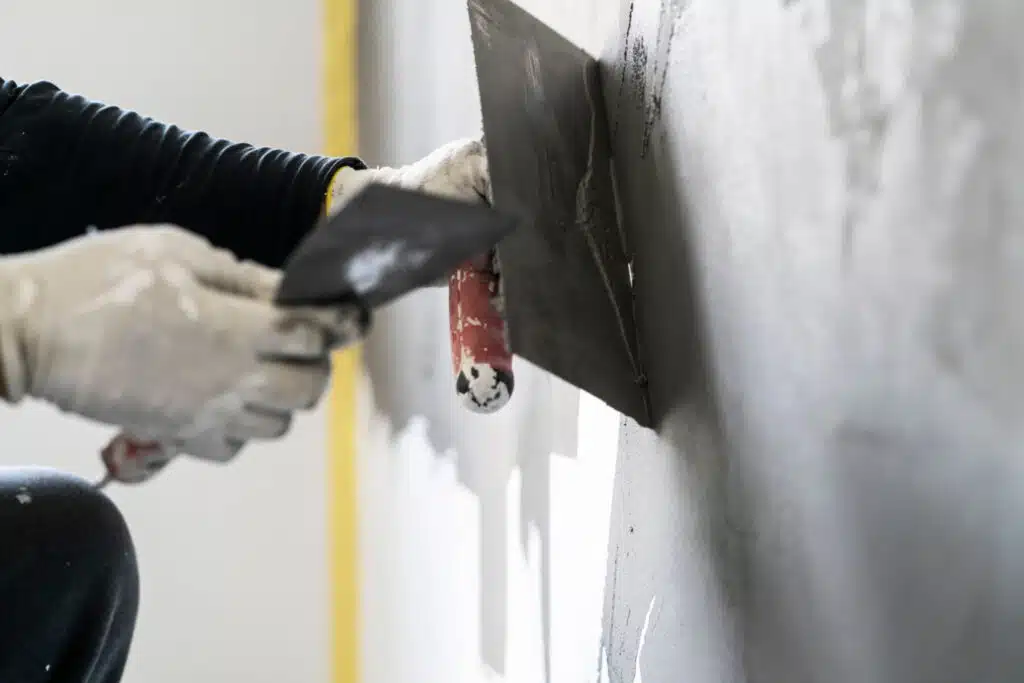
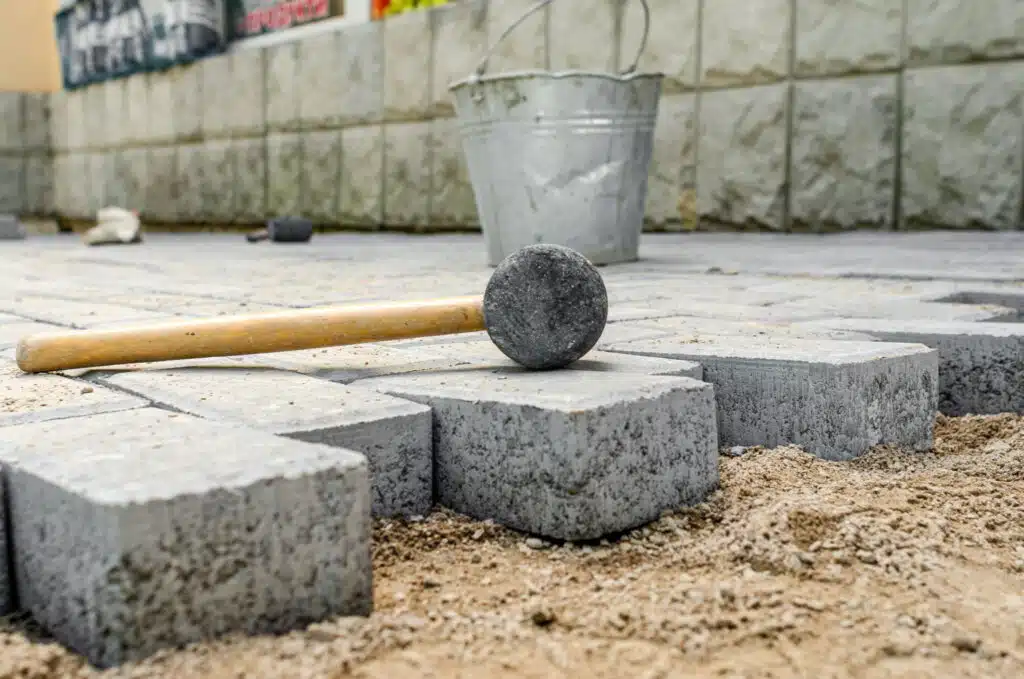
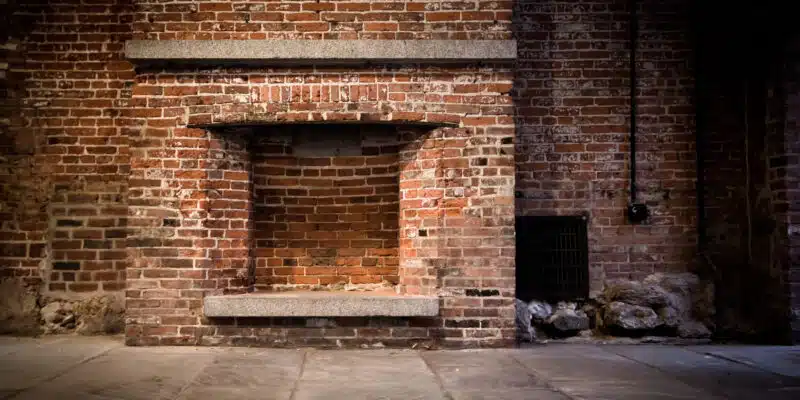
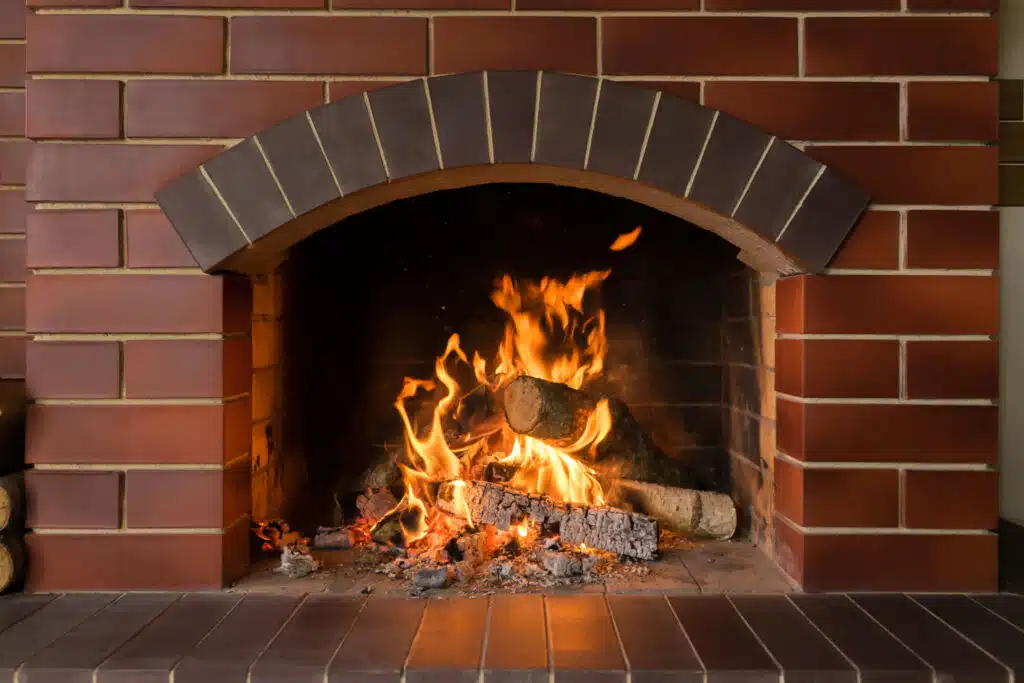
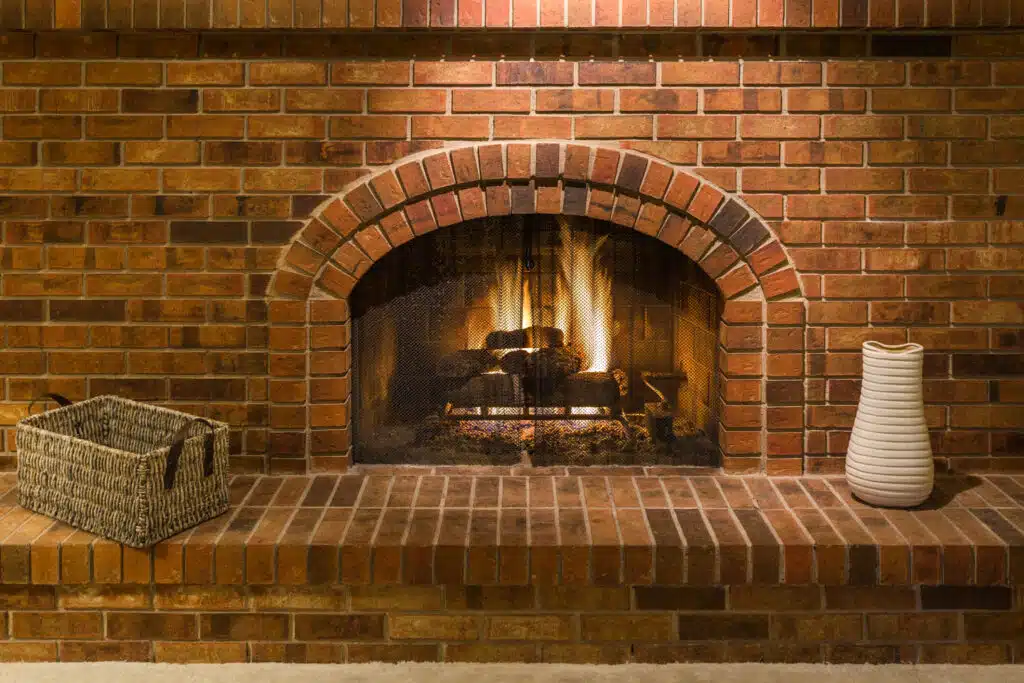
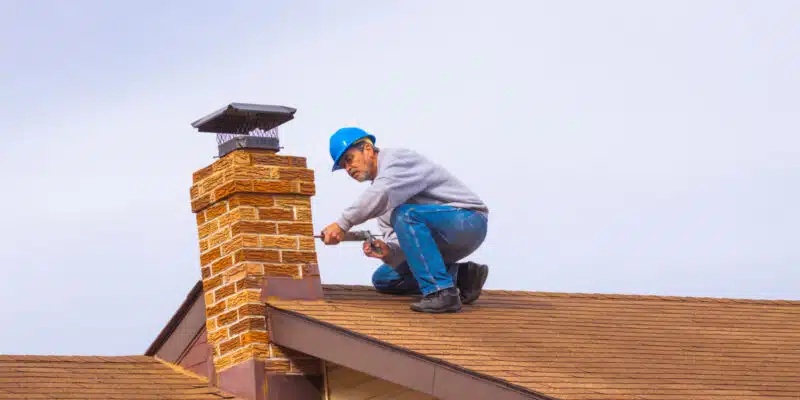
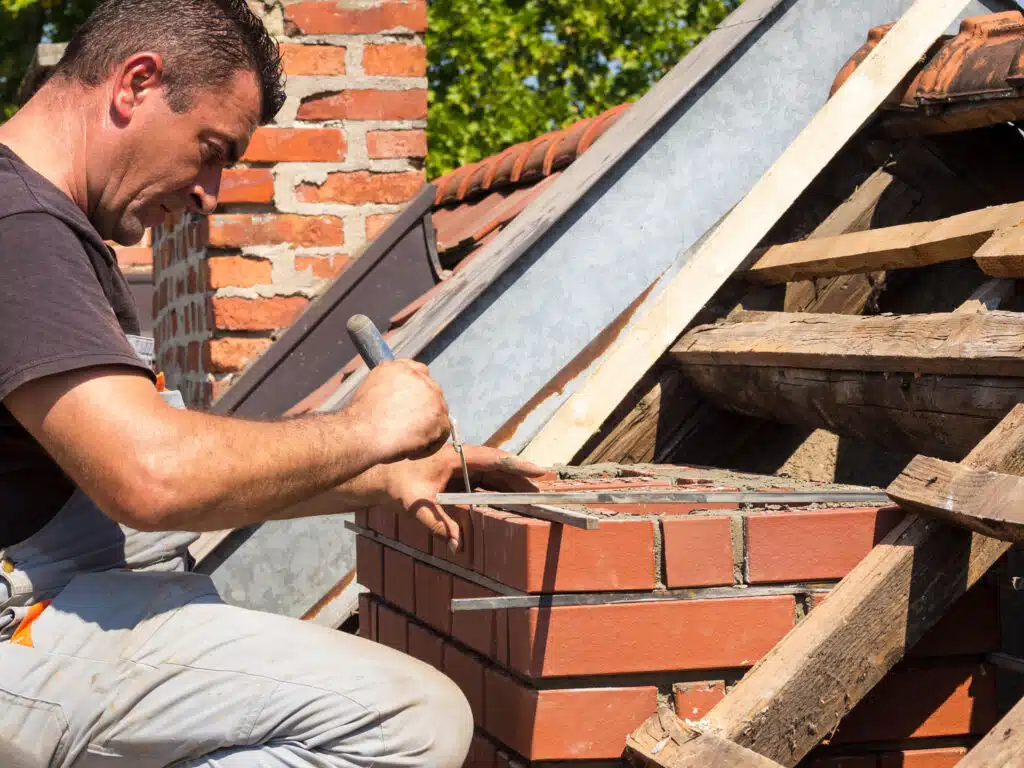
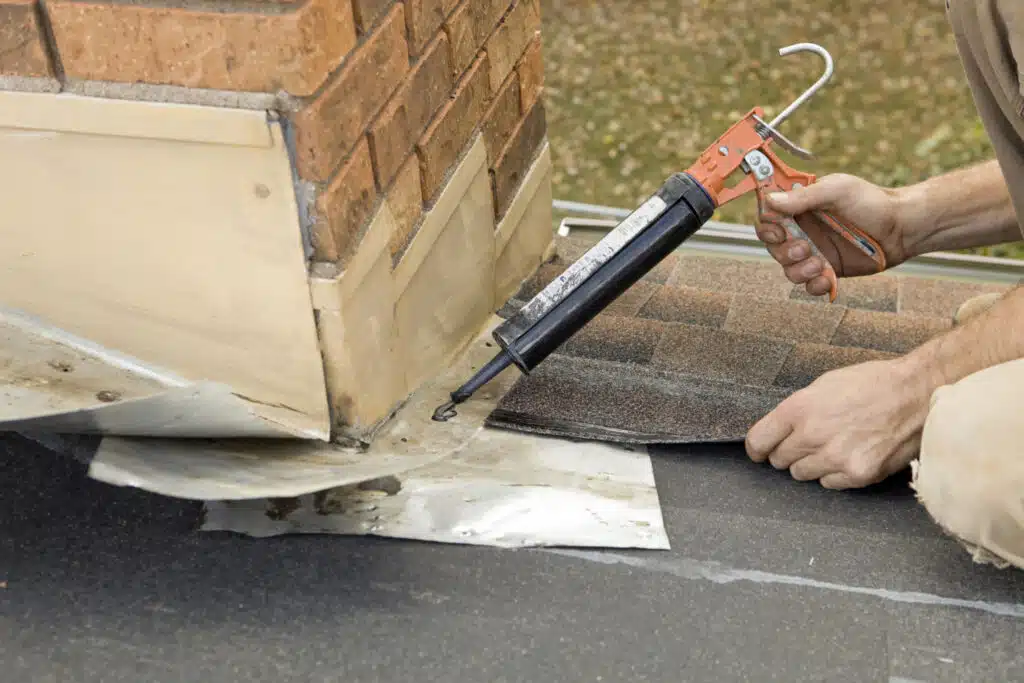
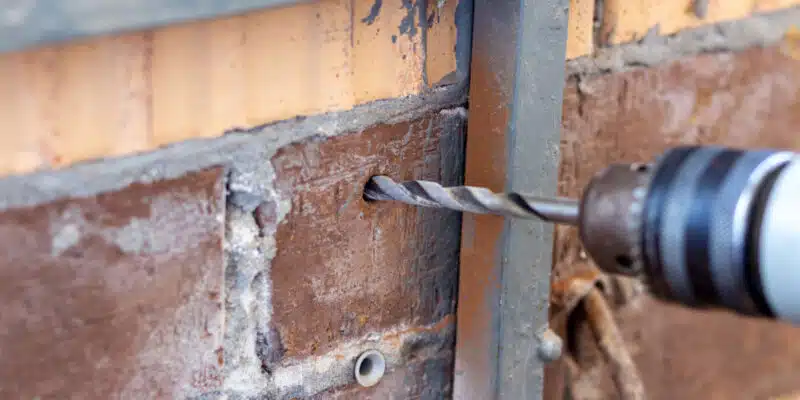
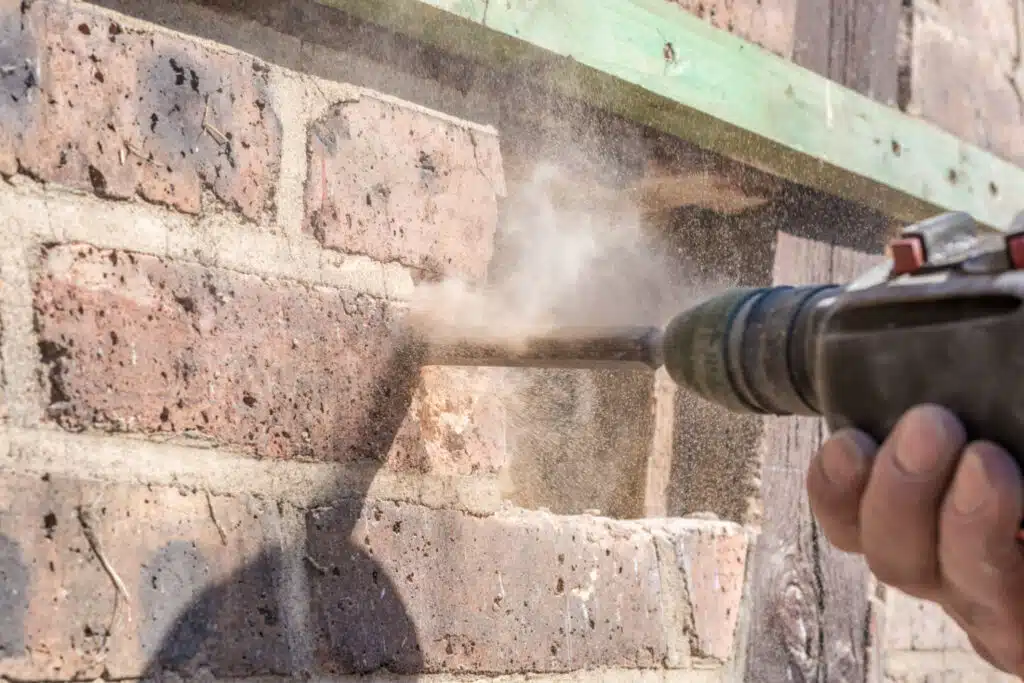

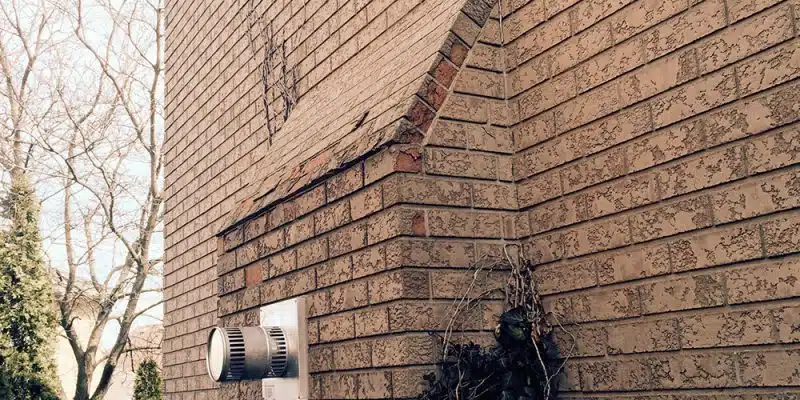
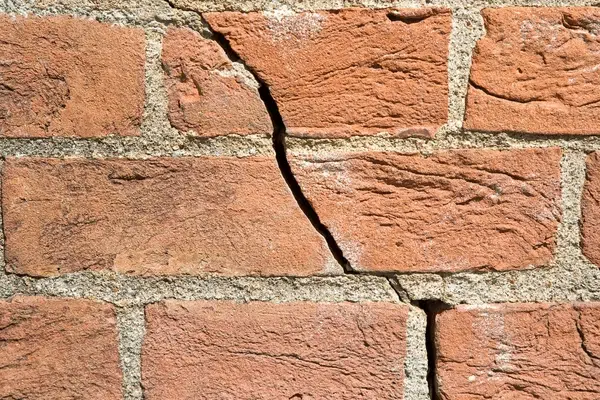
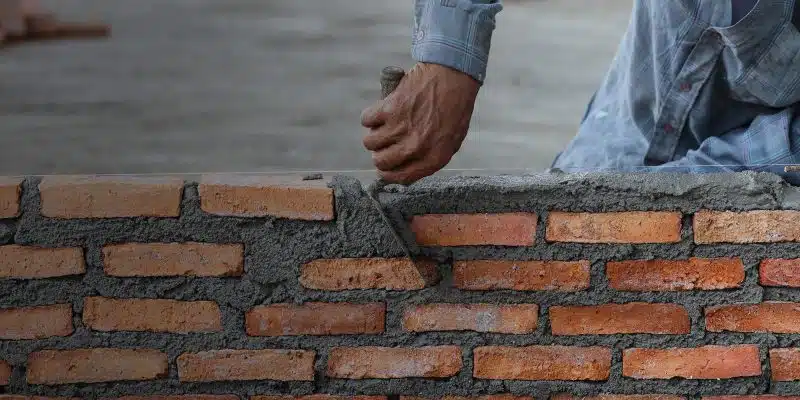
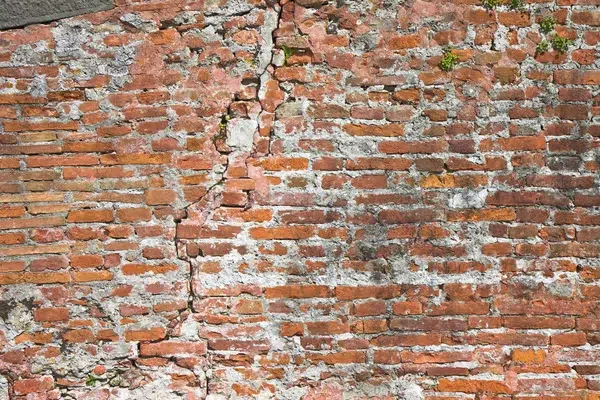

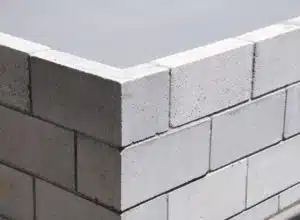 in the mid-19th century. Concrete block walls provide sound structural resistance along with thermal and acoustic insulation all while accommodating for fast and easy installations – facilitated by the block’s precise unit measurements and modular characteristics.
in the mid-19th century. Concrete block walls provide sound structural resistance along with thermal and acoustic insulation all while accommodating for fast and easy installations – facilitated by the block’s precise unit measurements and modular characteristics.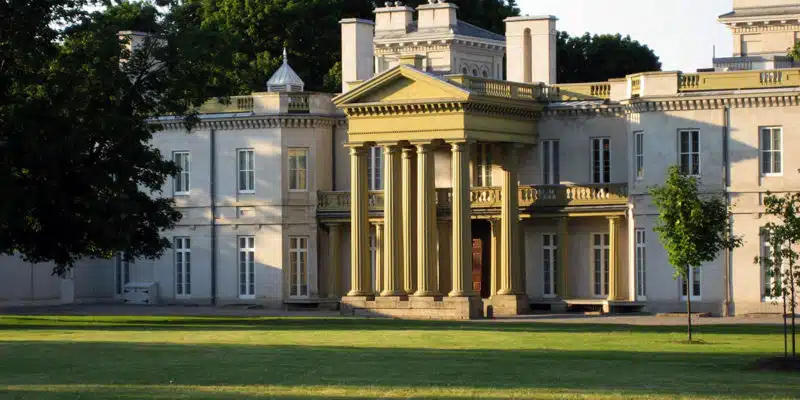
 Hamilton’s ancient architectural implications extend to the English Gothic style St. Paul’s Presbyterian Church: designed by one of the founders of the Canadian architectural profession, William Thomas. Receiving his architectural training in England, the Anglo-Canadian architect was renowned for designing some of the finest decorated Gothic
Hamilton’s ancient architectural implications extend to the English Gothic style St. Paul’s Presbyterian Church: designed by one of the founders of the Canadian architectural profession, William Thomas. Receiving his architectural training in England, the Anglo-Canadian architect was renowned for designing some of the finest decorated Gothic 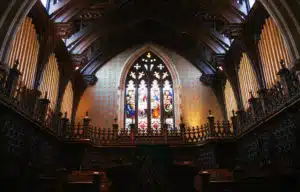 Revival architecture in Canada. St. Paul’s Presbyterian Church – erected over the years from 1854 to 1857 – boasts a spire that now towers over neighboring structures at 180 feet, and the church holds the title for the highest steeple sculpted entirely out of stone in Canada.
Revival architecture in Canada. St. Paul’s Presbyterian Church – erected over the years from 1854 to 1857 – boasts a spire that now towers over neighboring structures at 180 feet, and the church holds the title for the highest steeple sculpted entirely out of stone in Canada.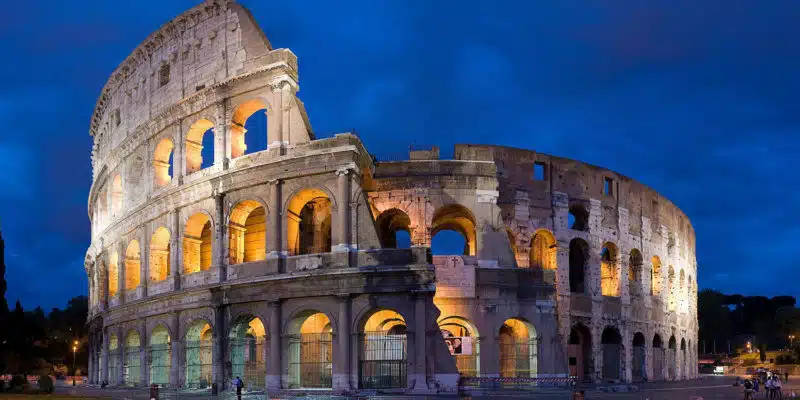

 Our discussion would not be complete without a mention of the Great Wall of China, the construction of which began roughly around this same time period. Demanding transportation of over 100 million tonnes of brick and a labour force comprised of soldiers, peasants, slaves and animals, it remains today as one of the most impressive feats of engineering and masonry construction. As the longest building on earth (6,350 kilometers) the wall consists of several sections that differ in age and construction method. In its early construction, the wall was mainly built from rammed earth, stones and wood; however, during the Ming dynasty (1368–1644), brick and stone started to replace tamped earth, due to the superior durability and protection it provided – most of the wall as it remains today dates from the Ming dynasty.
Our discussion would not be complete without a mention of the Great Wall of China, the construction of which began roughly around this same time period. Demanding transportation of over 100 million tonnes of brick and a labour force comprised of soldiers, peasants, slaves and animals, it remains today as one of the most impressive feats of engineering and masonry construction. As the longest building on earth (6,350 kilometers) the wall consists of several sections that differ in age and construction method. In its early construction, the wall was mainly built from rammed earth, stones and wood; however, during the Ming dynasty (1368–1644), brick and stone started to replace tamped earth, due to the superior durability and protection it provided – most of the wall as it remains today dates from the Ming dynasty. Although advancements in masonry have been made throughout the millennia, the basic principles of stone, aggregate or brick combined with a binding material remain the same. It comes to no surprise that the most notable historical structures in human history still standing today were raised out of durable masonry materials. In the next part of our series, we will continue to explore how masonry construction has evolved throughout history, and dive in to the details of the industrial revolution, and its radical effects on the way modern masonry structures are built.
Although advancements in masonry have been made throughout the millennia, the basic principles of stone, aggregate or brick combined with a binding material remain the same. It comes to no surprise that the most notable historical structures in human history still standing today were raised out of durable masonry materials. In the next part of our series, we will continue to explore how masonry construction has evolved throughout history, and dive in to the details of the industrial revolution, and its radical effects on the way modern masonry structures are built.